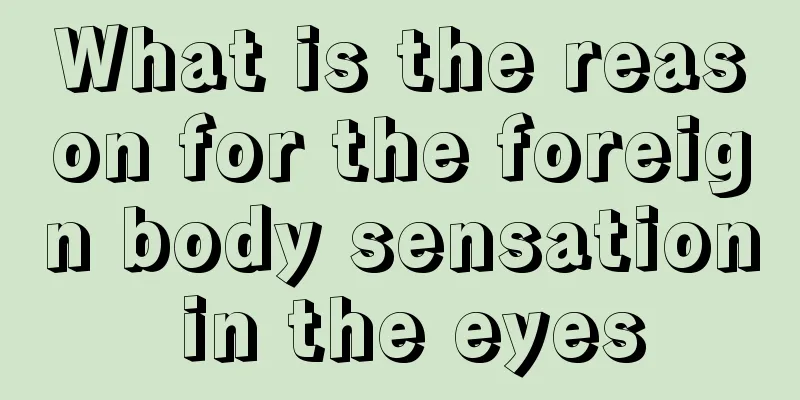Can an 86-year-old with bile duct cancer undergo surgery?

|
Whether an 86-year-old patient with cholangiocarcinoma is suitable for surgery depends on the tumor stage, the patient's physical condition and comorbidities. Surgery is the main treatment for cholangiocarcinoma, but elderly patients need to comprehensively evaluate the risks and benefits of surgery. 1. Feasibility of surgery for bile duct cancer The feasibility of cholangiocarcinoma surgery depends on the tumor stage and the patient's physical condition. For patients with early cholangiocarcinoma, especially when the tumor is confined to the bile duct and has not metastasized to distant sites, surgical resection is the preferred treatment option. For an 86-year-old patient, a comprehensive preoperative assessment is required, including cardiopulmonary function, liver and kidney function, and nutritional status. If the patient is in good physical condition and has no obvious comorbidities, surgery can still be considered. 2. Choice of surgical method Surgical methods for cholangiocarcinoma include radical resection, palliative surgery, and endoscopic or interventional treatment. Radical resection is suitable for early-stage patients, and specific procedures include liver resection, bile duct resection, and lymph node dissection. Palliative surgery such as bile duct drainage or stent implantation is suitable for advanced patients to relieve symptoms. Endoscopic or interventional treatments such as percutaneous transhepatic biliary drainage (PTCD) or endoscopic retrograde pancreaticocholangiopancreatography (ERCP) can be used for patients who cannot tolerate surgery. 3. Non-surgical treatment options For patients who are unable to undergo surgery, chemotherapy, radiotherapy, and targeted therapy are the main options. Chemotherapy drugs such as gemcitabine combined with cisplatin can prolong survival. Radiotherapy, including external beam radiation and brachytherapy, can relieve symptoms and control tumor progression. Targeted drugs such as erlotinib or immunotherapy drugs such as PD-1 inhibitors are suitable for patients with specific gene mutations or positive immune markers. 4. Postoperative care and rehabilitation Postoperative care is particularly important for elderly patients. Vital signs need to be closely monitored after surgery to prevent infection and thrombosis. Nutritional support such as a high-protein diet and vitamin supplements can help with recovery. Rehabilitation training such as breathing training and moderate activity can improve cardiopulmonary function and reduce postoperative complications. Whether an 86-year-old patient with bile duct cancer should undergo surgery requires individualized evaluation, taking into account tumor stage, physical condition, and treatment goals. Although surgery is an important treatment method, non-surgical treatment and postoperative care are equally critical. Patients and their families should fully communicate with doctors to develop the most suitable treatment plan. |
<<: Is the recurrence rate of stage 1 breast cancer high?
>>: What are the common causes of nasopharyngeal cancer?
Recommend
How to treat bladder cancer in pregnant women
How to treat bladder cancer in pregnant women? Wh...
Kidney cancer staging and grading
Kidney cancer staging: Kidney cancer is a maligna...
What diseases are associated with bladder cancer
There are many complications of total bladder can...
How is the tuberculosis skin test performed
We must have all been to the hospital and seen do...
The difference between white hair roots and white hair ends
The quality of hair determines a person's app...
Acute attacks of bronchial asthma often have these three manifestations
Some people always experience chest tightness whe...
There are white pus spots in the throat
During the examination, if white pus spots are fo...
Where is the central nervous system located
The central nervous system is usually located ins...
Difference between lymphoma and nasopharyngeal carcinoma
What is the difference between lymphoma and nasop...
How to treat supraventricular tachycardia, four methods can help you
Supraventricular tachycardia is a common disease ...
What are the early symptoms of lung cancer? There are 3 early symptoms of lung cancer
Everyone knows that the early symptoms of lung ca...
Tumor at the hilum of the lung
There are two types of tumors in the human body, ...
Regarding the occurrence of brain cancer, what is the cause?
The gradual appearance of tumors in the brain ref...
Can peanuts and potatoes be eaten together?
Potatoes are also called potatoes. We often see p...
What are the symptoms of AIDS fear
AIDS phobia refers to the patient's fear of A...









